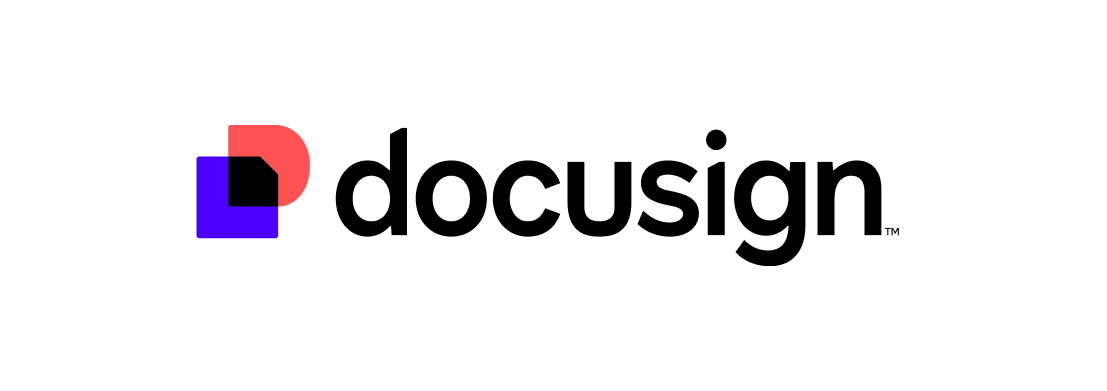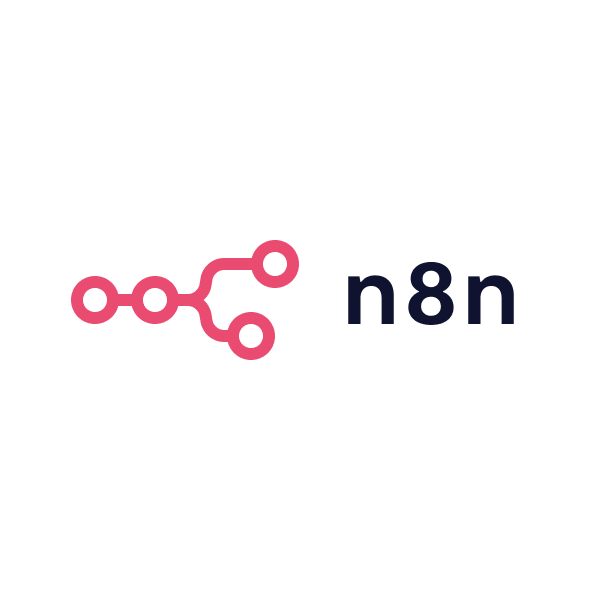Setting up DocuSign for your team
Begin with the basics: get your house in order inside DocuSign before sending out documents. As the head of growth, I’ve learned that investing a bit of time up front in configuration pays off. First, set up your branding add your company logo, colours, and custom email text on DocuSign (available from the Business Standard plan and up) so that recipients see a familiar, professional touch. This not only looks polished but also reinforces trust; clients are less likely to be puzzled by a signing request if it’s clearly from your organisation. Next, define roles and permissions for your team members. For example, your sales reps might only need to send templates, while legal or ops folks manage template creation and integrations. DocuSign allows granular admin control, which helps maintain security and prevents accidental changes to important settings. It’s also wise to create a central repository (even if it’s just a shared Drive or CRM attachments) where all signed documents will reside DocuSign can automatically copy completed PDFs to your storage or CRM via integrations, ensuring you never lose track of a contract.
Integrating with your sales and marketing stack
To fully leverage DocuSign, integrate it wherever possible into the tools your teams already use. At a minimum, connect DocuSign with your CRM system. For instance, if you use Salesforce or HubSpot, you can embed DocuSign send buttons right into your opportunity or deal pages, letting reps send out a contract with one click using pre-filled data from the CRM (no manual copy-paste). This streamlining not only saves time but also reduces errors by populating client names, addresses, and deal details automatically. DocuSign’s huge integration ecosystem (with hundreds of connectors) means you can likely tie it into your workflow software, whether that’s a document management system, an ERP, or even Slack for notifications. For B2B marketers, consider linking it with your marketing automation or webinar software for things like sending speaker agreements or partnership contracts the goal is to eliminate the need to download and email documents manually. By comparison, PandaDoc also offers CRM and payment gateway integrations (e.g. it works nicely with HubSpot and Stripe out-of-the-box), but if you have a very unique stack, DocuSign’s broader range of integrations gives you more flexibility. Whichever tool you use, test the integration on a trial run: ensure that when a contract is signed, the status updates in your CRM and triggers any follow-up actions (like updating forecast numbers or kicking off an onboarding email sequence). A tight integration between e-signature and your other systems can significantly speed up your quote-to-cash cycle.
Creating and using templates efficiently
Templates are the secret sauce for scaling DocuSign usage in a busy marketing or sales team. Rather than uploading and tagging the same fields over and over, you’ll want to create reusable template documents for your common forms: think sales proposals, MSAs, NDAs, or order forms. In DocuSign, setting up a template involves uploading your document, adding recipient roles (like “Client Signer” and “Internal Approver”), and dragging signature and date fields to the right spots once and saving that layout. After that, your team can send out a polished, ready-to-sign agreement in a few clicks, with all fields pre-placed perfectly every time. Pro tip: use Template Matching (a DocuSign feature that auto-recognises which template to apply based on the document content) if you occasionally upload files that follow a template format it can automatically detect and put fields for you, saving prep time. PandaDoc, on the other hand, uses a more dynamic document builder for templates, where you assemble blocks (text, pricing tables, images) in-app. This is great for crafting proposals from scratch, but it can be overkill if you already have approved contract PDFs. If your team prefers a visual editor and often customises content, PandaDoc’s approach may be faster for proposal writing. However, if consistency and legal compliance are key (and the docs shouldn’t be tweaked much by each sender), DocuSign templates ensure everyone sticks to the approved text. One practical recommendation: maintain a template library accessible to the team with clear names and descriptions. For example, you might have “NDA Short Form (for < €50k deals)” versus “NDA Detailed (Partnerships)”, so marketers and salespeople can confidently pick the right one. And remember to review templates periodically as your offerings or legal terms change, update the base documents so no one accidentally sends an outdated contract.
Optimising the signing process for speed
Every extra click or confusion in the signing process can delay deals, so it’s worth fine-tuning for a smooth experience. DocuSign provides several features to nudge signers and shorten turnaround time. Make use of automatic reminders for example, configure the envelope to ping the signer every 48 hours if they haven’t signed. This gentle automation saves your team from manual follow-ups. Additionally, set an appropriate signing order and use parallel routing if applicable: if an agreement needs multiple internal approvals and an external signature, you can have internal folks sign in parallel to save time, then route to the client last. On higher plans, consider using DocuSign’s SMS delivery feature sending a text with the signing link can be incredibly effective for time-sensitive contracts, as many decision-makers respond faster on their phone. (We’ve seen deals get signed in minutes because the signer was alerted via SMS rather than an email buried in their inbox.) Also, be mindful of mobile users: enable the responsive signing option so documents adapt to smaller screens; this ensures even if the signer is on a phone, fields are legible and easy to complete. On the PandaDoc side, one of their touted benefits is an intuitive signing interface and real-time notification when a document is viewed. DocuSign offers similar notifications (you’ll know when your recipient has opened the document), so train your team to act on those signals a quick courteous call or email after you see a client viewed the contract can answer any last questions and encourage them to sign. Lastly, set an expiration date on the signature request when appropriate (for example, quote valid for 14 days); this creates a natural urgency and reason for the prospect to prioritise signing, which in my experience helps avoid deals dragging on indefinitely.
- Ensure accuracy upfront: Before sending, double-check all fields and pre-filled data. A common mistake is forgetting to update a date or amount on a template catching it beforehand prevents delays and back-and-forth.
- Include a personal message: DocuSign allows a custom email message to the recipient. Use this to reiterate key points or next steps (e.g. “Please review and sign by Friday, and feel free to call me with any questions. Once signed, you’ll get a copy immediately.”). This human touch can improve response rates.
- Test the signer experience: Send a test envelope to yourself (or a colleague) to go through the signing as if you were the client. This helps ensure that the process is clear, and you can spot any confusing instructions or field placements.
- Leverage conditional fields: If your documents have sections that only apply in certain cases (for instance, a discount field that should appear only if a box is ticked), DocuSign can handle that with conditional logic on fields (available in Business Pro and up). It’s worth setting these up to keep the signing experience clean and relevant for the signer.
Tracking, analytics and iterating
Once you’ve sent out documents, the work isn’t over a smart growth team will track performance and continuously improve their document workflow. Both DocuSign and PandaDoc provide dashboards and reports: you can see metrics like average time to sign, completion rates, and which stage each pending document is in. Keep an eye on those cycle times if you notice, say, that NDAs are coming back quickly but sales contracts above a certain value tend to stall for days, that’s a signal to intervene. Perhaps larger contracts need a phone walkthrough or a simpler summary attached for execs. DocuSign’s analytics can be augmented with its Agreement Cloud tools (if you have access) to extract insights, but even the basic data is useful. For example, you might find that 80% of recipients sign within 24 hours and the rest drag out use that info to refine your reminder schedule or expirations. Another tip: integrate your e-signature data with your CRM’s reporting. If you mark deals as “Signed” automatically when a DocuSign completes, you can run reports correlating campaign sources or sales tactics with faster closes. Over time, this guides your team on which approaches lead to quicker signatures (hence, faster revenue). In terms of document management, make sure signed contracts are not just sitting in someone’s email. Utilise DocuSign’s ability to store documents in its cloud or push them to Google Drive, OneDrive, or whatever repository your company uses. This creates a single source of truth for legal and finance teams to retrieve any agreement when needed no more scrambling through email threads months later. Finally, regularly solicit feedback from your team and even clients about the signing process. As an empathetic growth leader, I’ve found that listening to comments like “The signature field was hard to find on mobile” or “I wasn’t sure what to do after signing” is gold for optimisation. Small tweaks, such as increasing the size of a signatory box or adding an instruction in the email, can make a meaningful difference in clarity. In comparing with PandaDoc: some teams appreciate PandaDoc’s in-document analytics (it can show you if the client spent 5 minutes on the pricing page, for example). DocuSign doesn’t give page-by-page analytics, sticking to overall status tracking. If such granular insight is crucial, you might use PandaDoc for proposals and DocuSign for the formal contract signature yes, some organizations do use both tools for their respective strengths. In summary, treat your e-signature platform as a living part of your sales funnel: monitor it, tweak it, and it will reward you with smoother, faster closes.
In the end, DocuSign can be a powerhouse for in-house B2B marketing and sales teams when used to its full potential. It’s not just about getting signatures; it’s about creating a frictionless bridge from proposal to signed deal. By thoughtfully setting up the system, integrating with your workflows, and continuously refining how you use it (while keeping an eye on alternative approaches like PandaDoc’s for content-rich proposals), you’ll optimise for speed, efficiency and a professional experience that gives both your team and your clients confidence. And in B2B, that confidence and clarity during the closing process can compound into significant growth over time.







